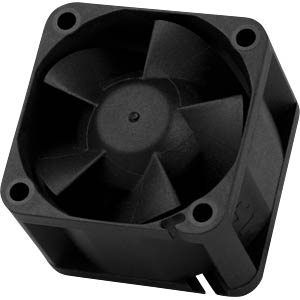The concept of the Mega Darknet represents an expansion of the traditional Darknet, a part of the internet that exists beyond the reach of conventional search engines and often requires specialized tools, like Tor, to access. While the Darknet is often associated with illicit activities, the Mega Darknet, an evolved version of this hidden web, offers alternative access to a wide range of information that remains otherwise restricted or censored on the open internet. This alternative access primarily focuses on providing knowledge that may be suppressed, obscured, or outright banned by governments, corporations, or other powerful entities. One of the central characteristics of the Mega Darknet is its ability to host and share uncensored information. In many countries, access to certain types of content ranging from political discourse and whistleblower documents to scientific research and social justice material is blocked or heavily monitored. In these scenarios, individuals living under oppressive regimes or in environments where free speech is limited turn to the Mega Darknet as a means of bypassing these controls.
It serves as a vital tool for accessing news, academic journals, and articles that may otherwise be inaccessible due to state censorship or corporate filtering. Furthermore, the Mega Darknet offers users a unique kind of anonymity, which allows them to explore knowledge and share ideas without fear of repercussions. In countries where surveillance and tracking of internet activity are commonplace, this anonymity becomes a key element of free expression. For instance, journalists, activists, and citizens seeking to expose corruption or human rights abuses can utilize the Mega Darknet to ensure that their activities remain concealed from authorities. In this way, the Mega Darknet functions not just as a platform for accessing knowledge, but as a crucial mechanism for preserving freedom of speech and thought in an increasingly controlled digital environment. The Mega Darknet’s unfiltered nature also enables the free flow of innovative ideas that may be stifled by mainstream platforms. Academic research and technological advancements often face resistance from industries or governments that have financial or political interests in suppressing certain breakthroughs.
Through the Mega площадка, scientists and researchers can share their findings without the usual barriers imposed by funding bodies, corporate interests, or governmental regulations. This fosters an environment where intellectual progress can take place outside the purview of traditional control structures, potentially accelerating advancements in various fields, from medicine and technology to social sciences and human rights. Moreover, the Mega Darknet has the potential to provide access to educational resources that are otherwise unavailable in many parts of the world. In remote or impoverished regions where access to formal education is limited, the Mega Darknet can serve as a tool for self-education, offering free and often anonymous courses, books, and tutorials on a wide range of subjects. In such contexts, the Mega Darknet becomes a lifeline for individuals seeking to improve their knowledge and skills, without the constraints imposed by economic status or geographic location. Nonetheless, when used responsibly, the Mega Darknet stands as a powerful alternative resource for accessing, sharing, and promoting knowledge that might otherwise remain hidden in the shadows of a restricted internet.




